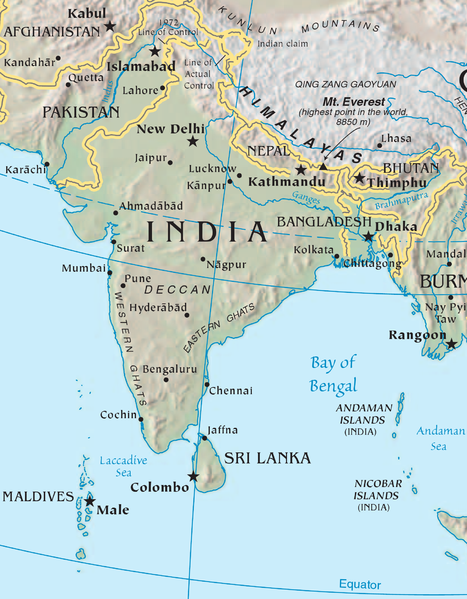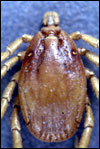Crimean-Congo hemorrhagic fever (CCHF) is widespread in India – at least in livestock – according to new research published this month in the journal Emerging Infectious Diseases. Investigators from the National Institute of Virology (NIV) in Pune examined 5,636 blood samples from cows, sheep, and goats from across India and found 354 from 22 states and 1 union territory to be positive for antibodies to the CCHF virus, indicating that these animals are either currently infected with the virus or were infected at some point in their lives.

The disease is widespread around the world affecting many countries in Africa, Asia, and southern Europe, but hit India for the first time in 2011 during an outbreak in Ahmadabad, a city of more than 5.5 million people in the western part of the country. According to The Indian Express, there have been 17 outbreaks of the disease in India, affecting 50 people, most of whom died from the infection.
CCHF virus causes a hemorrhagic fever similar to that seen with Ebola – leading to the unfortunate misnomer “the Asian Ebola virus.” Unlike Ebola, however, people generally become infected with the CCHF virus after being bitten by a tick. And not just any tick, ticks of a particular kind, Hyalomma ticks, are the main vectors of the disease and it is these ticks that are found mostly on cattle, goat, and sheep, but they also bite people. In addition to tick bite, direct contact with infected blood can also pass the infection, making butchers and abattoir workers particularly vulnerable.

Image/ CDC
The results of this study are significant because a large portion of the economy of India depends on agriculture, livestock farming, and the dairy industry, bringing people and infected livestock and ticks in close contact.
“This study shows that CCHF is widespread in India and all the state health officials should include this disease under their routine infectious diseases surveillance programs” said Dr. Devendra Mourya, director of the NIV and lead author on the study.
Chris A. Whitehouse is a microbiologist and science writer who lives in Maryland. He writes extensively on emerging infectious diseases and co-edited the book “Crimean Congo Hemorrhagic Fever: A Global Perspective.”


What could be the status of CCHF in the wild animal and what knowledge of the same do we derive from that prevalence!!
Herbert,
Thanks for your question. With the possible exception, it is generally thought that wild animals do not play much, if any, of a role in the epidemiology of CCHF. Many different species of wild animals have been shown to be antibody positive, but this is likely only from exposure to the virus from being hosts for infected ticks. In only a very few cases can you isolate virus from these animals (likely only transient viremia) and they do not develop clinical disease. Therefore, it is generally considered that the ticks serve as both reservoir and vector of the virus.